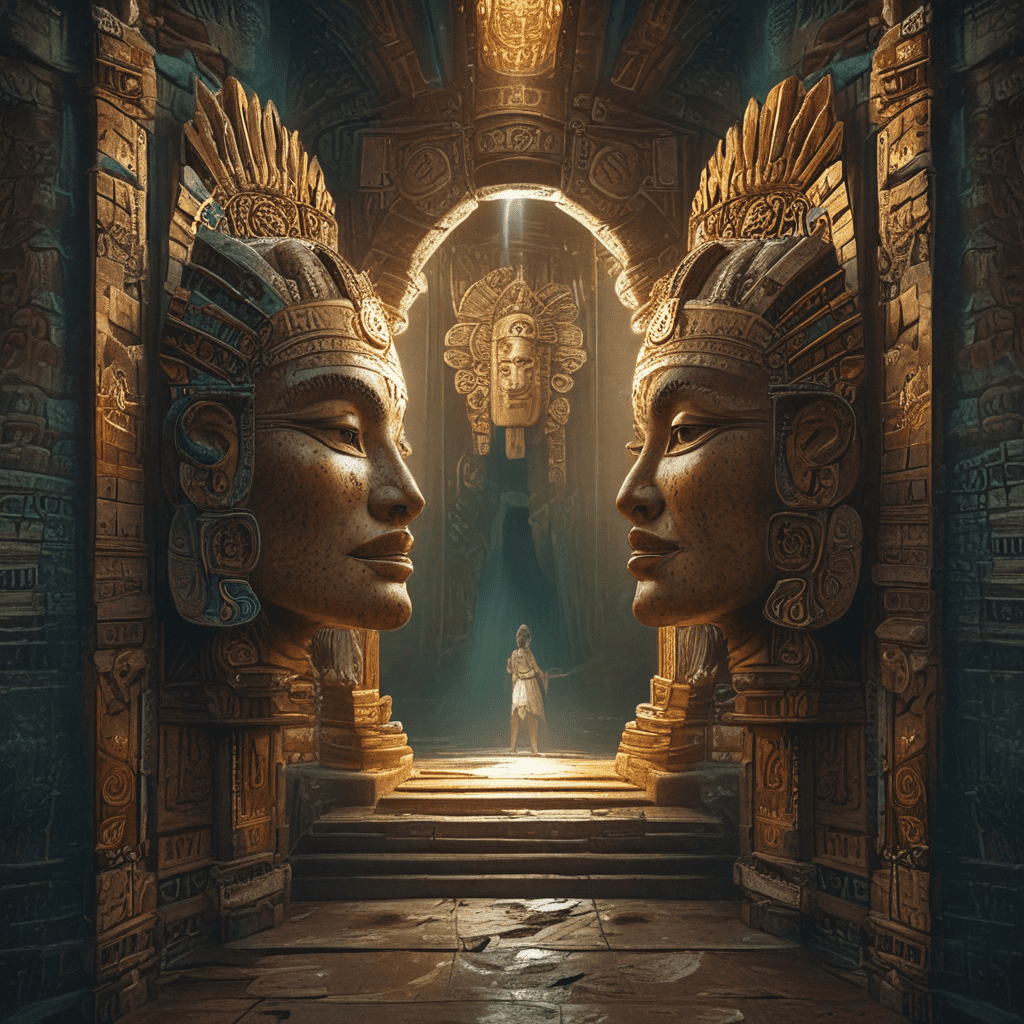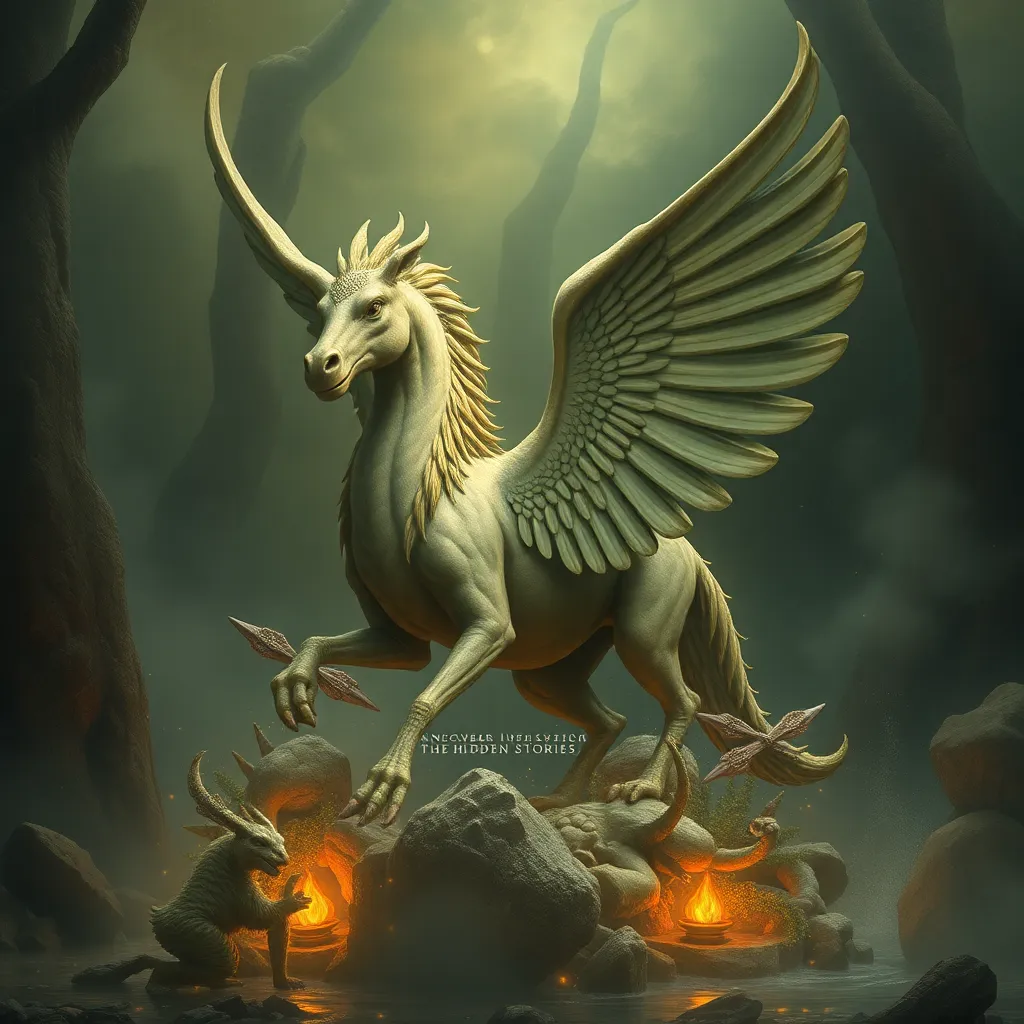Mayan Mythological Masks: Portals to the Spirit World
Introduction
The ancient Maya civilization, renowned for its intricate mythology and advanced understanding of astronomy and mathematics, also possessed a rich tradition of mask-making. These masks were not mere decorative objects, but rather held profound spiritual significance, serving as intermediaries between the physical world and the realm of the spirits. This article delves into the fascinating world of Mayan masks, exploring their cultural significance, ritualistic roles, symbolic meanings, and enduring legacy.
The Significance of Masks in Mayan Culture
Masks played a pivotal role in Mayan culture, embodying the essence of deities, ancestors, and supernatural beings. They were believed to bridge the gap between the human and spirit worlds, allowing individuals to commune with the divine and harness their power. Masks were an integral part of religious rituals and ceremonies, serving as a means of transforming participants into the entities they represented. They were also worn for protection, divination, and healing purposes, reflecting the deep-seated belief in the interconnectedness of the physical and spiritual realms.
The Role of Masks in Mayan Rituals and Ceremonies
Mayan rituals and ceremonies were elaborate and highly symbolic events, often involving the use of masks to enhance the spiritual connection between participants and the deities. Masks were worn by priests, shamans, and dancers to embody specific gods or spirits, allowing them to channel their power and influence the outcome of the ceremony. These rituals could involve offerings, prayers, invocations, and sacrifices, all aimed at appeasing the deities and seeking their favor. The masks served as a tangible representation of the spiritual beings being invoked, intensifying the participants' connection to the otherworldly realm.
The Symbolism of Different Mayan Masks
Mayan masks were imbued with rich symbolism, each design element conveying specific meanings and associations. Animal masks, representing creatures such as jaguars, snakes, and birds, symbolized power, agility, and the ability to navigate the unseen realms. Deity masks, portraying gods and goddesses like Kukulkan, the feathered serpent god, and Ixchel, the goddess of the moon, embodied divine attributes and served as conduits for communication with the supernatural. Masks with geometric patterns and celestial motifs symbolized the cosmos and the interconnectedness of the physical and spiritual worlds. The intricate details and vibrant colors of Mayan masks further enhanced their symbolic potency, making them powerful visual representations of the complex Mayan belief system.
Animal Masks: Jaguars, Snakes, and Birds
Animal masks held particular significance in Mayan culture, reflecting the deep respect and reverence the Maya held for the natural world. Jaguars, revered for their strength and stealth, were associated with rulership, power, and the underworld. Snakes, symbolizing fertility, rebirth, and the ability to shed their skin and transform, represented the cycle of life and death. Bird masks, embodying freedom, flight, and the ability to soar above the mundane, were associated with the sky gods and the realm of the spirits. The animal masks served not only as representations of these creatures but also as conduits for channeling their powers and attributes.
Deity Masks: The Gods and Goddesses
Deity masks played a crucial role in Mayan rituals and ceremonies, providing a tangible link between the human and divine realms. Masks depicting gods and goddesses, such as Kukulkan, the feathered serpent god associated with creation and knowledge, Ixchel, the moon goddess associated with fertility and childbirth, and Chaac, the rain god associated with agriculture and prosperity, were believed to embody the essence of these deities. Wearing these masks allowed individuals to connect with the divine, invoke their blessings, and seek their guidance. The intricate details and expressive features of these masks reflected the characteristics and attributes of the deities they represented.
Mask-Making Techniques and Materials
Mayan mask-making involved a meticulous and specialized process, employing various techniques and materials. Skilled artisans carved the masks from wood, jade, obsidian, and other materials, meticulously shaping and refining the details. Stucco, paint, and feathers were used to adorn the masks, adding vibrant colors and intricate designs that enhanced their symbolic potency. The creation of each mask was a sacred act, imbued with spiritual significance and intended to imbue the mask with the power it represented. The enduring legacy of Mayan masks attests to the artistry, craftsmanship, and spiritual beliefs of this ancient civilization.
The Enduring Legacy of Mayan Masks
Mayan masks continue to fascinate and inspire us today, serving as tangible reminders of the rich mythology and cultural heritage of this ancient civilization. Preserved in museums and private collections around the world, these masks offer insights into the spiritual beliefs, artistic skills, and ritual practices of the Maya. Their intricate designs, powerful symbolism, and enduring legacy continue to captivate audiences worldwide, solidifying their place as iconic expressions of Mayan culture.




